Launching a new product is scary as there are millions of things that can and will go wrong. And the environment is not encouraging us to succeed - about 90% of all startups that get launched fail within their first year.
One of the most common mistakes that startup founders make is selling a product without even knowing if this business idea is something that their target audience would be interested in. This is something called the product market fit and the best way to assess it is to validate your product idea.
Today, we’ll show you how to validate a product idea and find out if you have something that your target market would love to use.
What does it mean to validate a product idea?
Validating a product idea in the simplest term means running lots of research to find out if a product you want to build is something that a certain target market would want to use and buy. In other words, you want to determine if your idea is something potentially profitable before spending significant time and money on it.
You wouldn’t want to buy a brand new car without taking it for a test drive first, right?
This means that you should validate your product idea after significant research but before seeking any funding or investing any amount of money of your own. It’s the work that you do before the actual investment in your business idea. When done right, the idea validation process can save you tons of time and money later on.
Big or small, all products in all industries had to go through the product idea validation stage to determine how profitable the idea is in the long run. If you’ve never done this process before with a business idea, starting can be a bit confusing as you’ll have no clue what to do first. Luckily, we’re here to help with your idea validation process.
Step 1: Write down everything you need to know
You probably set out into your new business idea because you have a hunch that it could be profitable and that a certain number of people would pay for it. This is your starting point and to properly validate a product idea, you need to put all of this information in writing. It will come in handy for your own reference, but also later on when you’re pitching investors with your business model and value proposition.
Assumptions: write down what you assume your target market wants, which pain point they have, how you’re going to solve it with your business model, how much the customers would pay for it and who your competition is. Of course, you could be mighty wrong about these assumptions, but you can only determine that if you write them down. Remember, test assumptions rather than trust them blindly.
Goals: what do you hope to achieve when launching a new product? How long does it take to get your first 10, 50, or 100 customers? When do you plan to become profitable? What kind of market share and revenue do you want to achieve in a certain time frame? Even if they’re far-fetched at this point, goals show you and your investors that you’re not winging it and that you want to achieve results.
Hypotheses: the difference between a hypothesis and an assumption is that a hypothesis is backed by some evidence and research. So, if you’ve done a little bit of research about the competition and your target audience, you can hypothesize that e.g. your audience would pay $50 per month for a product such as the one you want to build.
Armed with all of this preparation, you’re ready to face your harshest critic - your potential customers. In short, you're ready to start with idea validation process and finding your unique value proposition.
Step 2: Conducting market research
So far, all the work on your product has been done on your own. Now is the time to involve the people who might actually want to pay for it.
The most important part of validating any product idea is determining what your potential customers think of it. You could have the most amazing idea in the world (and many people could agree with you), but if there’s no one would actually pay for this product, you’re better off staying at your day job.
Once you’ve identified this target audience, you can get to the primary research. For example, there are many cases where agency owners decide to build a product that they could sell to their clients. This makes the job much easier as you already know whom to reach out to.
If you’re unsure where to start your market research, think of the communities where your target audience spends time. Facebook groups, Twitter, Reddit, forums, Instagram - you name it. The more you niche down and the narrower your audience - the better.
Product-market fit surveys
One of the most effective methods to get feedback about a new product is running a product market fit survey in a tool such as Survicate. With just a few questions, you can learn if your potential customers are interested in purchasing and what they think of your potential offer, the solution to their pain points, and pricing. You can create these surveys in as little as a few minutes in Survicate.
Customer research interviews
If you have a number of people who are willing to invest more time into helping you out, the best course of action is to conduct some customer interviews for the purpose of idea validation. These people need to be as close to your ideal target audience as possible. Use this time to ask them everything you need to know before you dig into product development.
In these one-on-one interviews, ask them about the specific pain points and they have and how your competitors have tried to solve them. Find out if there are certain objections they have about your competition, be it around the pricing, the features, customer service or something else.
Customers’ time is invaluable and when someone agrees to sit down for an interview, make sure to respect their time and make the interview pleasant and structured. Write down your questions, record the interview (after getting permission from the potential customer) and leave yourself some time to analyze the responses.
Step 3: Creating a buyer persona
Another thing that all successful companies have in common is that they don’t sell to just anyone. They have a particular set of people in mind - people who are the most likely to purchase their product. They write down everything they need to know about this set of people in one place - and this part of market validation is called creating a buyer persona. Hint - you can do this easily with our buyer persona survey.
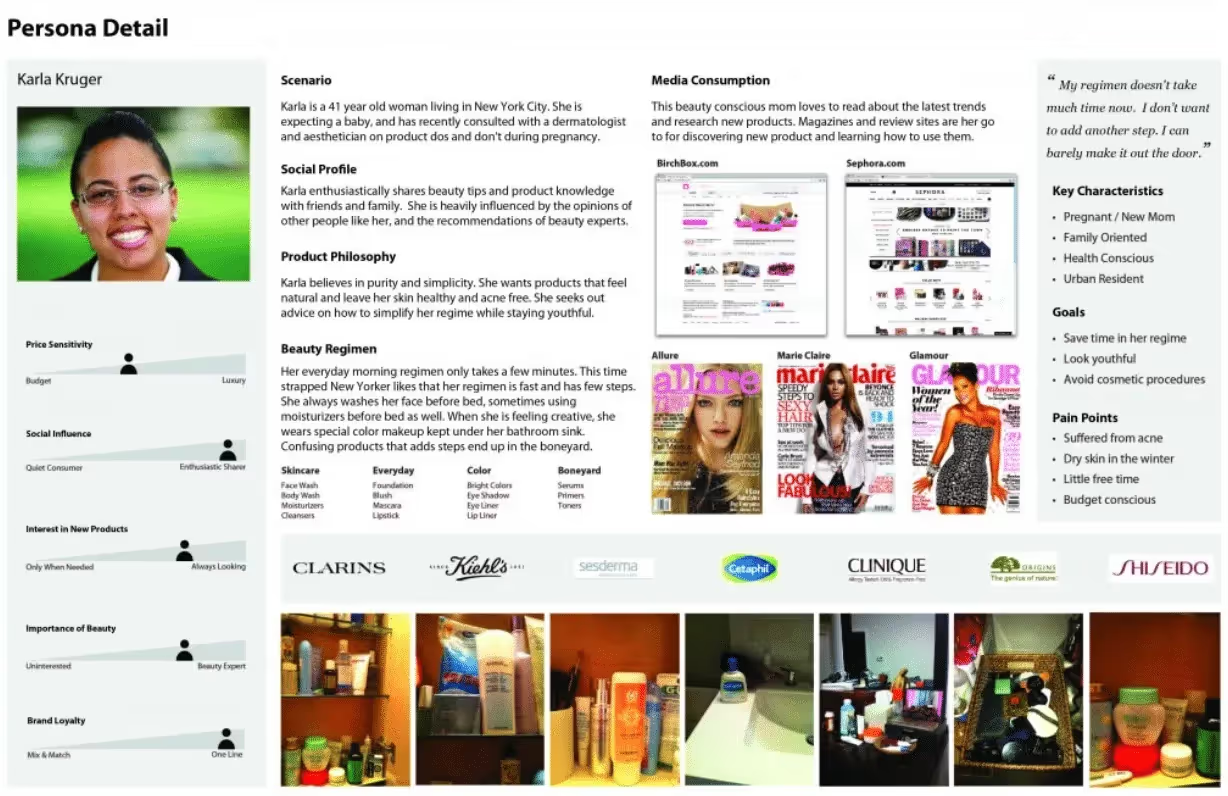
A buyer persona includes information such as your ideal customer’s:
- Age
- Gender
- Location
- Average income
- Education
- Family information
- Shopping habits
And much more. One important thing to keep in mind is that you can and should have more than one buyer persona as time goes by. However, having just one as you’re starting can be incredibly helpful when figuring out your go-to-market approach. Also, having one as part of your market validation process will make you look better in front of investors.
Step 4: Developing an MVP (minimum viable product)
Building a product is hard in the early stage, no matter if it’s a pair of shoes or software for bookkeeping. If you have a great idea and a potential target audience willing to pay for it, you can’t build a full product and start selling. That can take months of planning, research and development and usually, cost a lot more than you can afford at the very beginning.
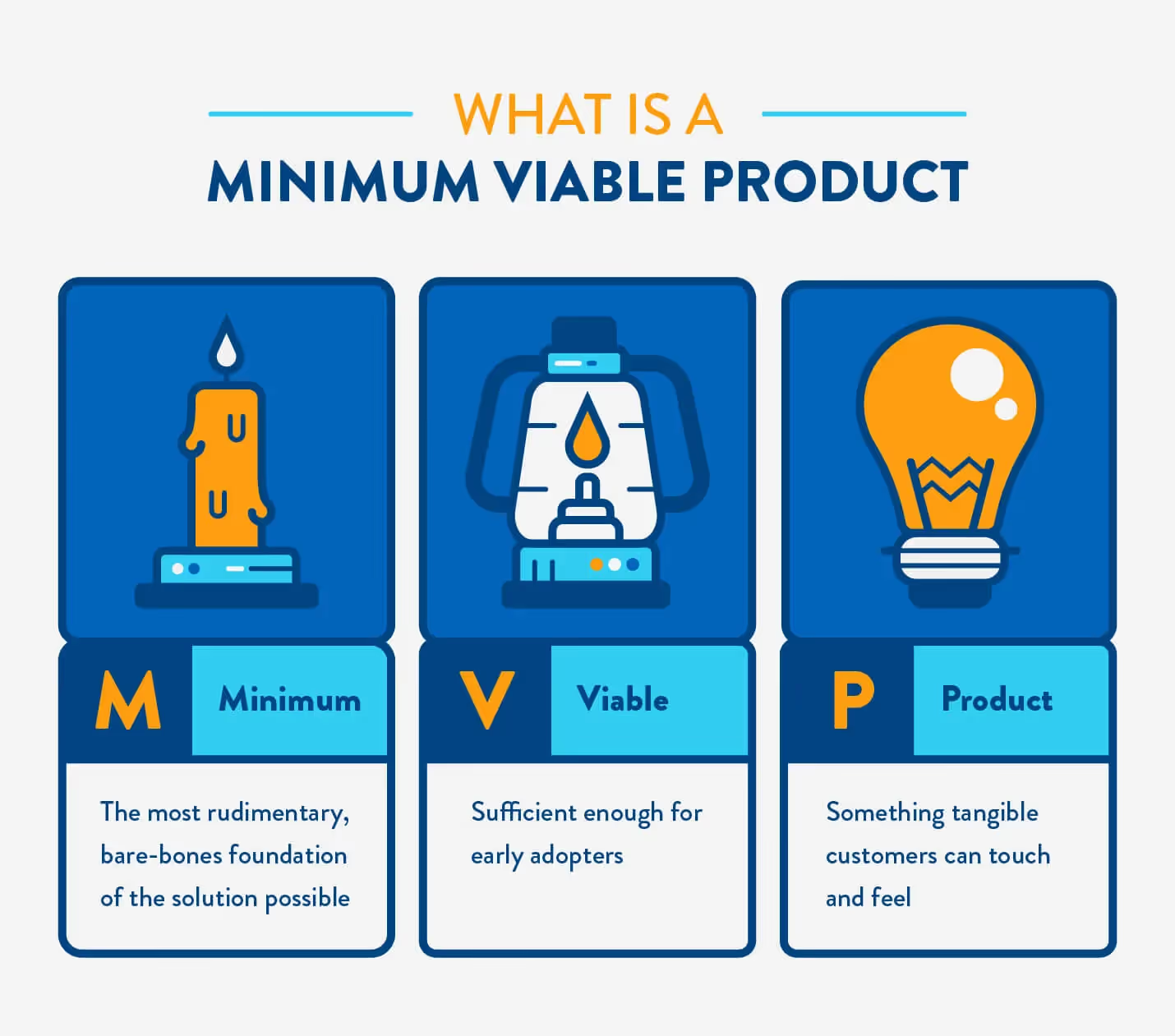
This is why you develop an MVP or a minimum viable product. An MVP is your product with the core features it needs to have to provide customers value and solve their pain points. Think of it as the bare-bones version of your product without all the bells and whistles.
At this point, planning and documentation shine through as you should know exactly what to include in an MVP and what is best to leave out until the later stages. Your MVP is a great way to test the market, determine if you can provide value to early customers and ultimately, get revenue or attract investments.
Step 5: Testing
Before going out into the world with your product, it’s time to collect some more feedback and get your potential customers to test it out. After all, you want to make sure that there are no bugs and that everything works smoothly before you show it to people who want to spend money on it.
At this point, it may be too early to start chasing paying customers. And for most businesses, that is the truth. Instead, you can do two things:
Alpha testing is when you test a product internally with your team. You give them the product and they test it out in a controlled setting, documenting their experience. The upside is that this is easy and relatively cheap. The downside is that this is not your target audience and the feedback you get may not be the most relevant.
Beta testing is giving your product to a small number of people in your target audience (usually for free) and let them document their experience. Finding beta testers can be difficult (but not impossible) but the insights that you get can completely change your product.
There are different ways to entice your target audience to become a part of these focus groups. Most commonly, you would offer the product for free to the initial group of testers in exchange for their honest feedback. Alternatively, you can offer exclusive features and early access to something that the remainder of your audience will see only later.
At this stage, you can also include a number of surveys to gauge how your target customers feel about using your product.
For example, a CES (customer effort score) survey after a beta tester performs an important action in your product. This is a superb way to determine if getting to your core features is easy and whether the user experience and interface need improvement to make them easier to understand for early-stage customers.
You can also run a competitor survey to determine how your beta testers feel about your product in comparison to the competitors and existing solutions that they have tried already. Besides qualitative feedback, these types of surveys are a great resource of quantitative feedback from early adopters that you can act on immediately.
.avif)
Step 6: Launching the product
Once you’ve done everything above and you’ve tested your product with an audience of beta testers, you can go live and publish your offer through your own landing page, website or some other type of platform.
As new customers come in, you can expect feedback through your website and early on, you can get some pretty blunt comments, but it’s all for the purpose of creating something valuable to your target audience. Once again, using surveys on your home page, landing pages and within your product is a neat way to capture how your audience feels. This is especially important early on in your product lifecycle when there is a chance to drastically pivot and change your approach.
Wrapping up
Validating a product idea may seem like hard work but think of it as preparing your ingredients just before cooking a delicious meal. Do it the right way, and you’ll create a delicacy that your guests will adore. Do it the wrong way and not even the dog will want to test out the product of your hard work.
Product idea validation becomes much easier once you use the right tools for capturing customer feedback. At Survicate, we have a range of surveys that you can use today to validate your ideas and see what your customers want to spend time and money on. Try out Survicate today and make a wise investment into the future of your product and business plan.








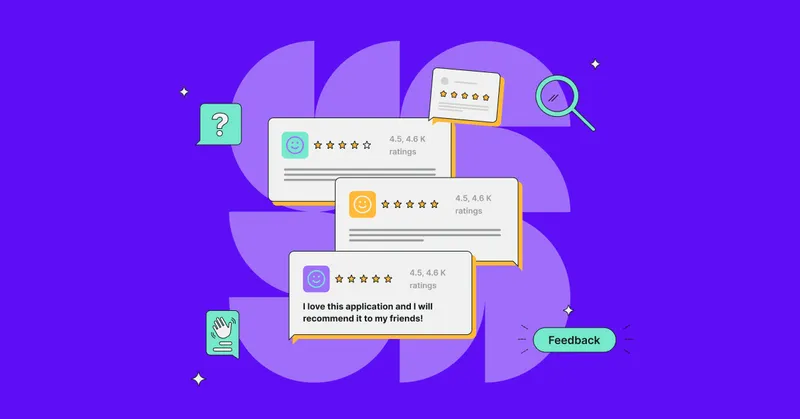
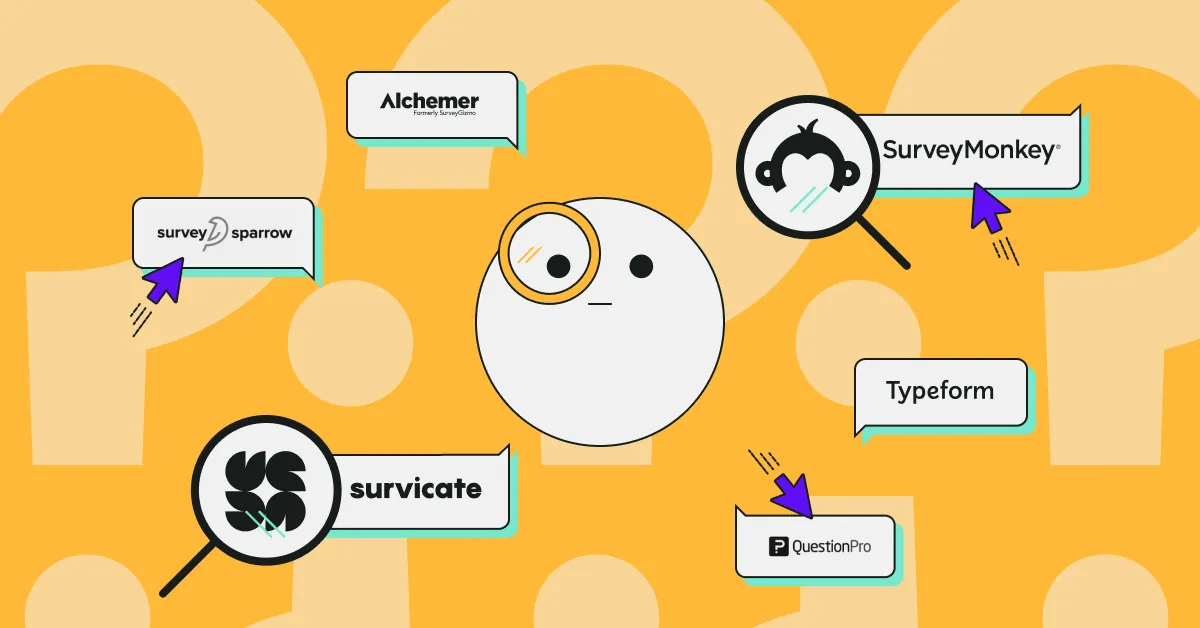
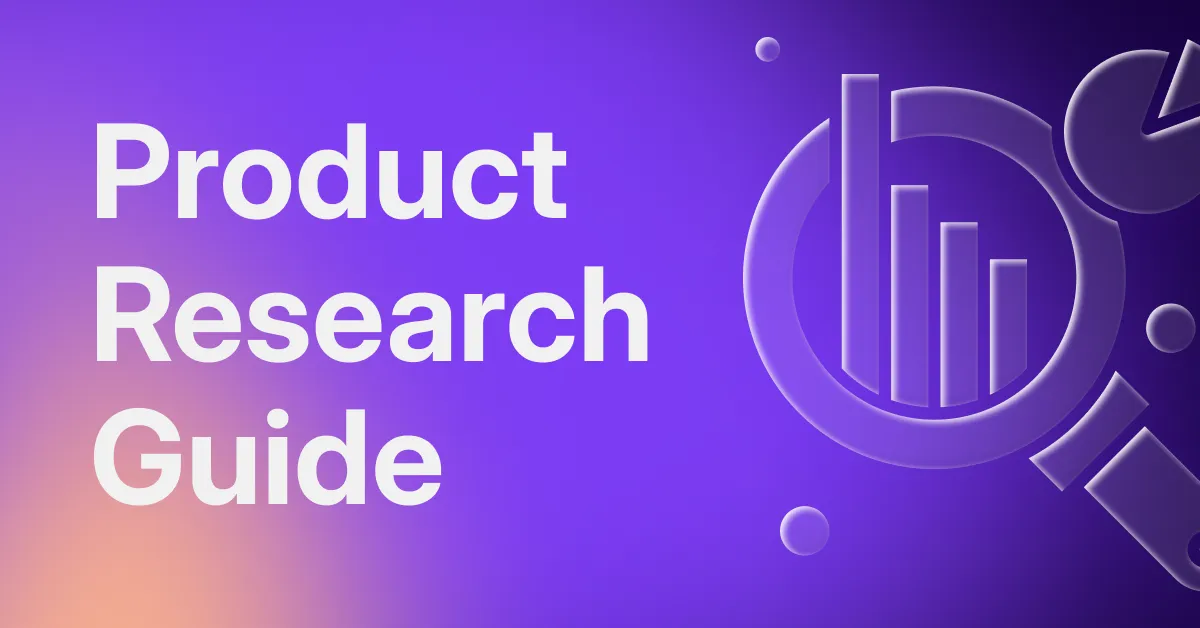
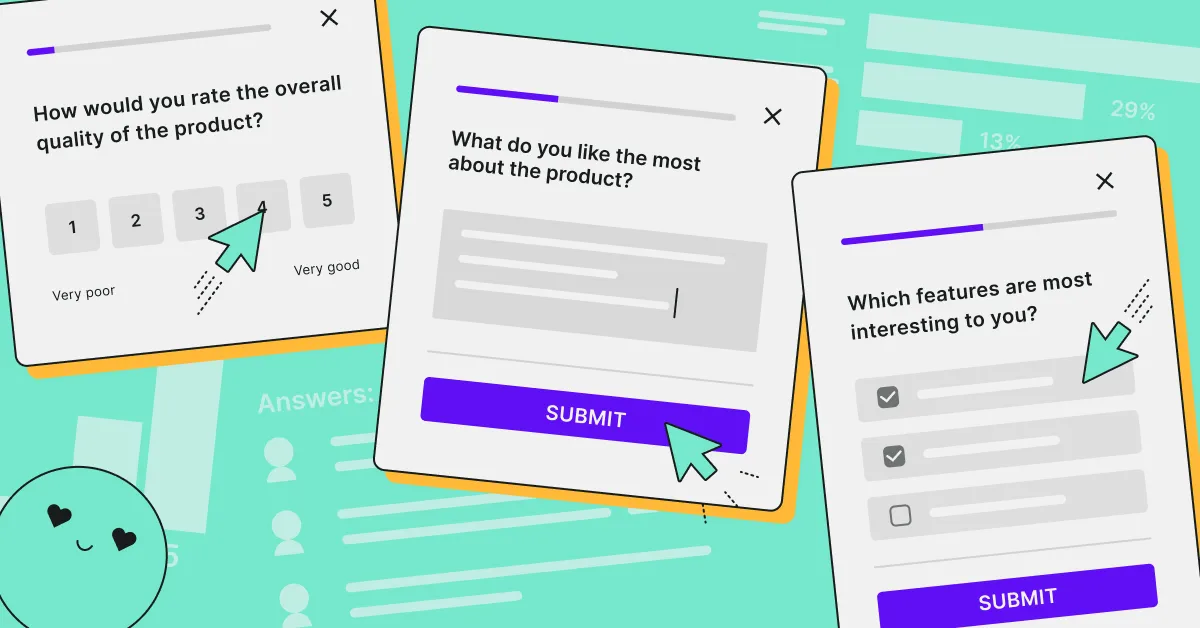
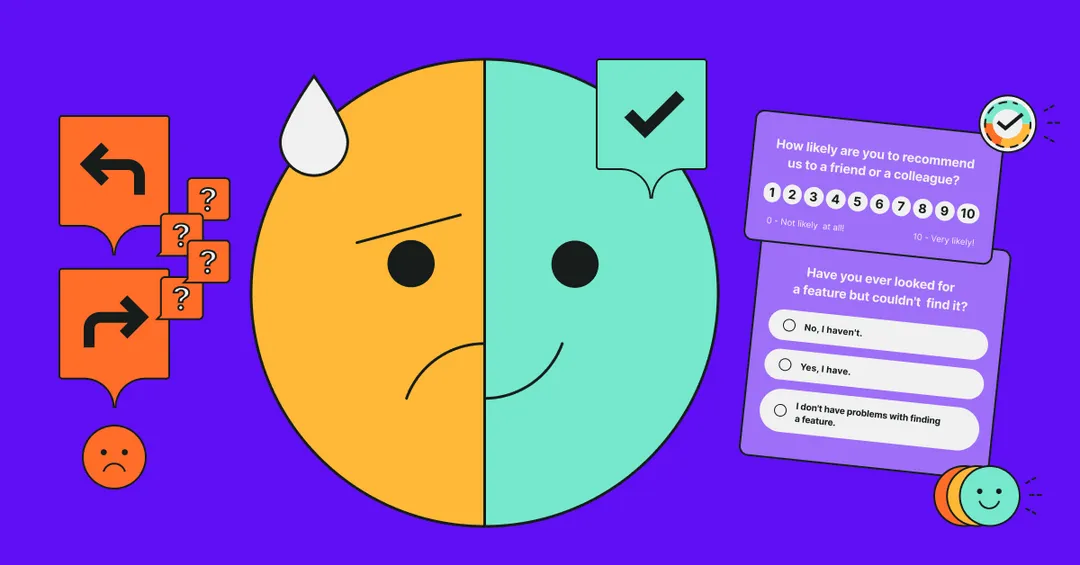
.webp)
.webp)
.svg)

.svg)



